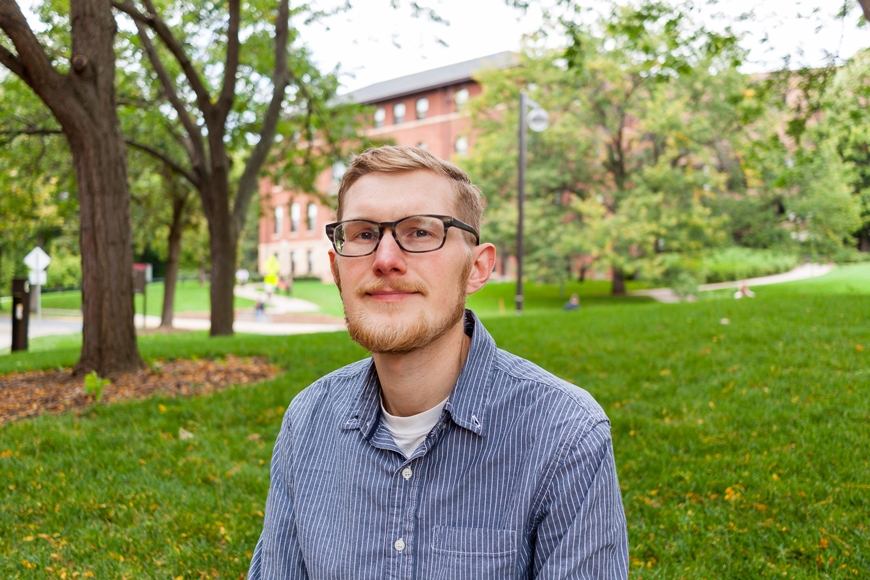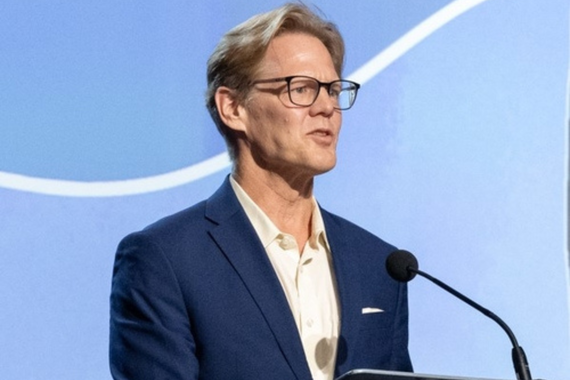Conflicting Minnesotan Identities: Mining and the Land of 10,000 Lakes
Mining is nothing new for residents of Northern Minnesota. In fact, iron ore mines have been an established Minnesota industry for over 130 years. So why are people so upset over more mines being built? In recent years, several companies have proposed construction of copper-nickel mines, a different type of mine that has caused controversy and conflict.
Environmental groups oppose the mines, worried they will leak harmful acidic water and heavy metals into waterways like the Boundary Waters. The mining industry and its supporters defend the creation of new mines, which they claim will bring economic prosperity to the region. Tensions are high. One side wants to create jobs, while the other wants to prevent environmental destruction.
Erik Kojola, a PhD candidate at the University of Minnesota, provides an outsider’s perspective—which can be useful considering the uncompromising stances on both sides.
Kojola explains, “These conflicts are about much more than whether a mine happens or not, but about identities, histories, and a sense of who has control and who can speak for this place and this land.”
Deciphering the Social Meaning Behind Mining
He had previous experience working on transportation union sustainability initiatives and urban design, but Kojola was ready to use what he learned in the workforce and apply it to research.
Kojola is not from Minnesota himself, but his parents are University of Minnesota alumni. After applying to various graduate schools, he found himself returning to the snowy state to further his studies.
As part of his dissertation, Kojola lived in the northern Minnesota town of Ely for the summer to see how the conflict over mining played out in a real world setting.
“I wanted to see all the different viewpoints on the topic. . . from workers rights to environmental protection.”
The majority of Kojola’s research was qualitative. He conducted in-depth interviews with a host of different groups and stakeholders, including local residents, politicians, environmental activists, and small business owners as well as scientific experts and state agency staff. To accompany his interviews, Kojola attended city events and public hearings to take ethnographic notes, and paged through newspapers, public documents, and other historical artifacts.
Environment Shaped by Culture and Identity
After five years of listening to locals, Kojola mapped out the various opinions of stakeholders to see the identity and power dynamics of the mining controversy.
First, there was the general perspective of the environmental groups who contested that the new mines would disrupt the ecosystem and threaten federally protected areas. These groups have expressed deep concern about this issue because of their strong emotional connection to the outdoors as well as their desire to see these spaces maintain their pristine or natural form. Kojola found they are often motivated by “experiences of a canoe trip or going camping when they were 12.”
On the other hand, support for the proposed mines often comes from mining families. They enjoy the outdoors, but more importantly, the mines are vital to their work. Kojola notes that some people want the mines to create more jobs and economic growth, but many view mining as more than taking home a paycheck.
For supporters of mining, their connection to their job is a part of their identity and shared history. It is difficult for them to abandon an economic system that has been an integral part of their community.
“Work (and jobs) isn’t just about the income, but it’s also about the meaning of the job and people’s connection between work and the community,” Kojola says.
Local indigenous communities are often overlooked when it comes to this debate. Kojola has found that Ojibwe tribes have tried to voice their concerns over use of the land. Most of the mining land is covered by the 1854 Treaty, which gives the Ojibwe rights to harvest and collect fish, animals, and plants. The destruction of the surrounding ecosystem could be devastating to the tribes’ culture, as they have been using the land for centuries.
Transitioning to Favorable Outcomes
With so many differing perspectives, finding a solution that makes everyone happy is difficult. However, Kojola thinks that people could work together toward a result that benefits everyone. One possible answer he proposes is making the transition to sustainable economy and renewable energy, while still supporting workers in resource-dependent industries. He argues this is “especially important for unions, so that workers in coal plants or coal mining don’t just get left in the dust.”
Looking forward, Kojola hopes to extend his research internationally to see how global markets and economies impact mining and resource-dependent areas like northern Minnesota. He is also hoping to do applied work directly with the communities affected by these issues to come up with solutions. Ultimately, he wants to bring “sustainable, equitable, and just development” to communities struggling with similar conflicts.
This story was written by an undergraduate student account executive in CLAgency. Meet the team.



